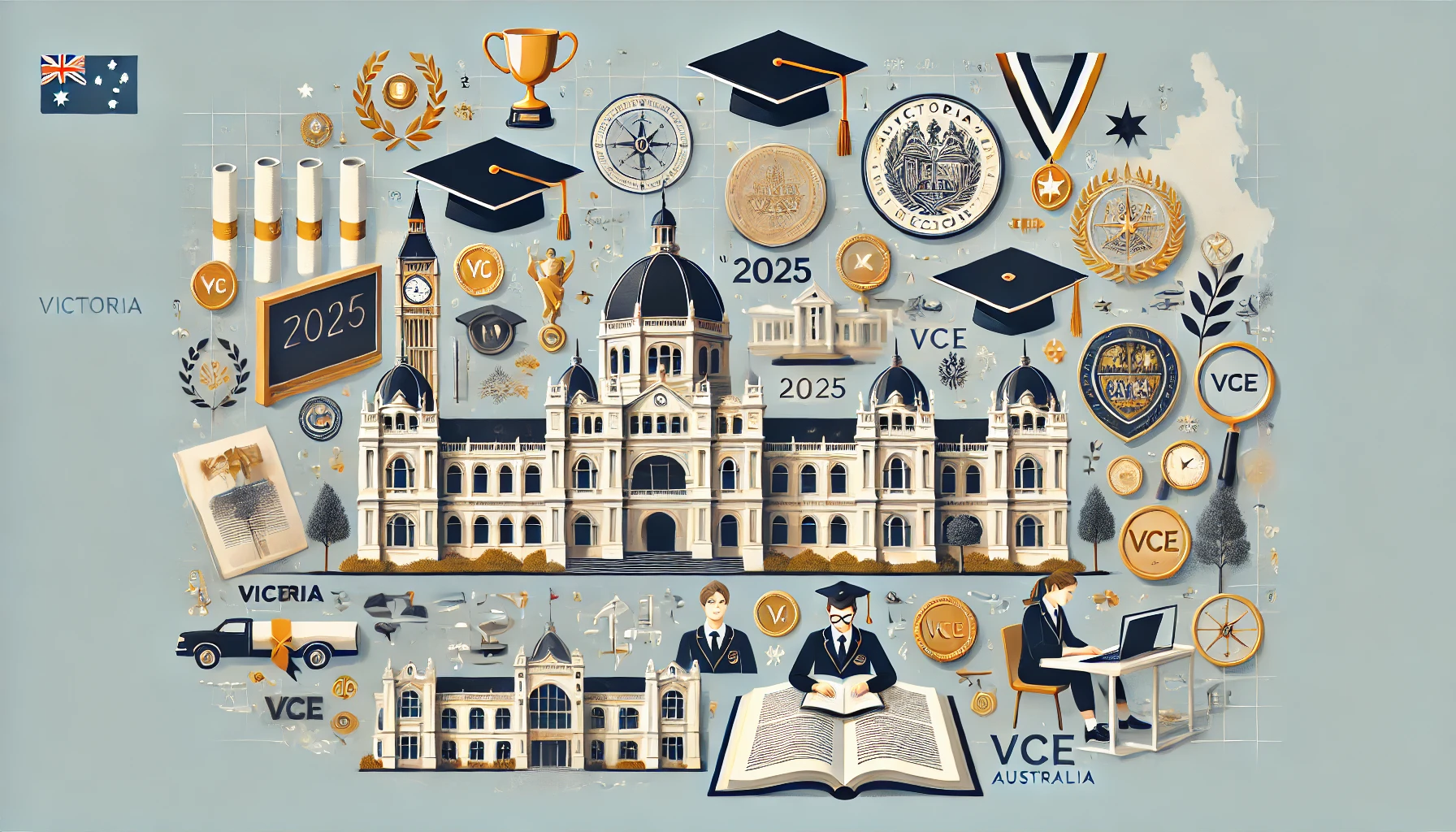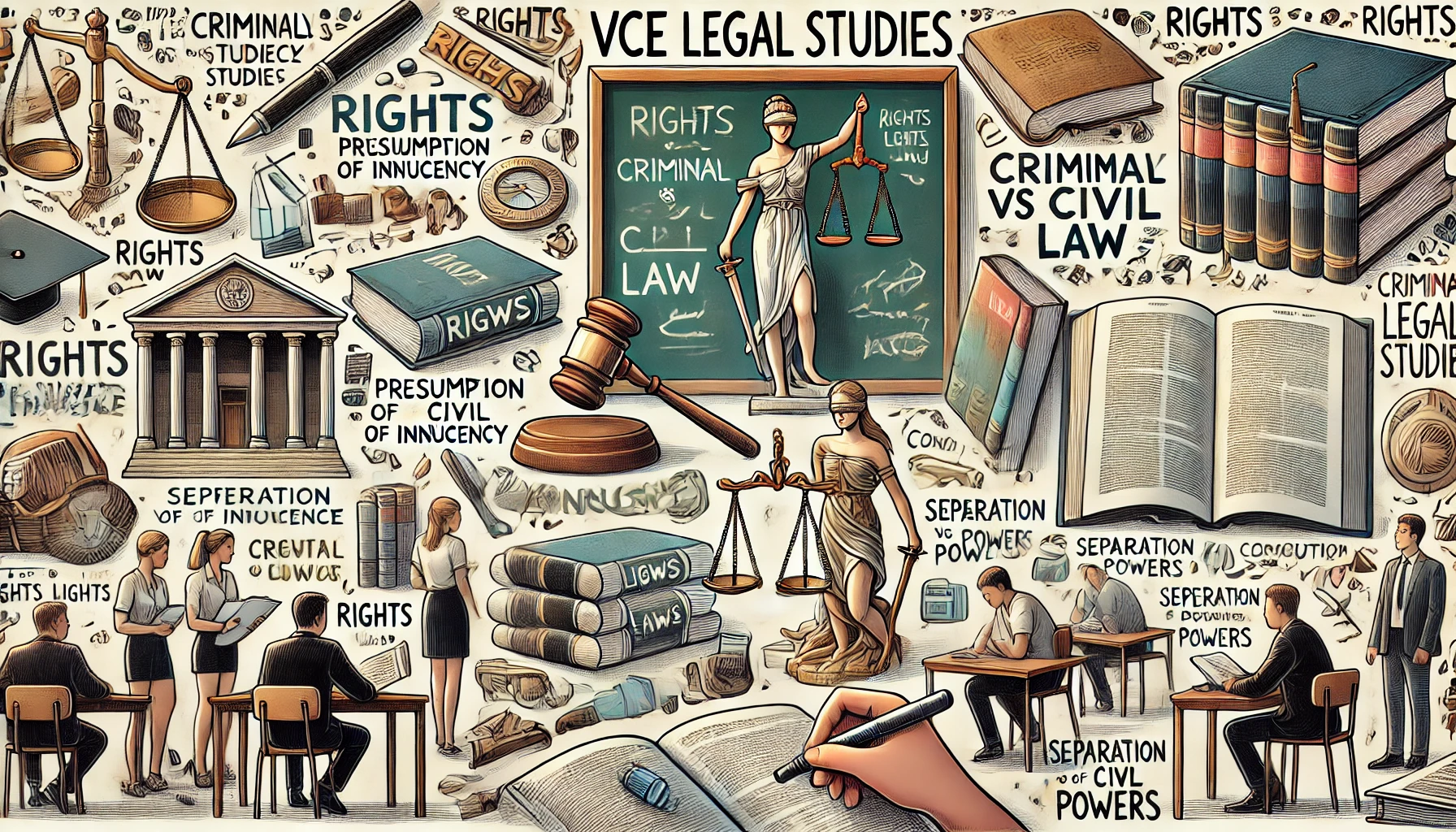
My name is Ashton Gaddie. In 2024, I graduated from Bialik College with an ATAR of 99.75. I received a 49 in Physics. In this article, I will go over everything you need to know to do the same.
VCE can feel like a daunting and uncertain journey for many students in Victoria. Having just completed school last year, I can easily empathise with this sentiment.From experience, learning theory in Physics can feel confusing and even impossible at times. While there’s no magic cure for this, my best suggestion is to practice loads and utilise your teacher. There really is no alternative to practice. The more you practice, the better off you’ll be.
Also, teachers are often a resource that students tend to forget about. Their goal is to get you over the finish line at your best. You may be asking, what study methods work best for physics? As simple as it seems, I can say that and writing has worked wonders for my personal long-term learning of physics concepts. Not only did I hand-write the theory relevant to the class, but I also transferred difficult questions into my booklet for future reference. This really solidified my understanding for the topics and madememorisation come naturally. In fact, I continue to employ this technique while studying physics in university.
Fortunately, after getting through the theory, applying Physics concepts is a lot more straightforward than it seems. Once you understand the assessment system, there will be no stopping you!Any Physics assessment, whether it be a SAC or the end of year exam, is just a mark-collecting game.When sitting for an assessment, your aim should always be to collect as many marks as possible in the writing time. This can be done by:
- Maximising your reading time - many students who complain about time constraints often sit passively in their reading time,just reading the questions. Reading time is more than just getting a feel for the questions.It’s also about planning how to use the writing time. Ask yourself, where am I going to need the most time? Are there easy marks towards the end of the paper that I should focus on first?
- Knowing the assessable material – and I don’t just mean by looking over the study design.In an exam (and most likely in a SAC too), you can expect to see a lot of the questions from previous years get repeated. The types of questions that can be asked in an exam are narrowdue to the nature of the subject. This is true for at least half of the marks available in the paper. Once you recognise the pattern across papers, those marks will essentially be guaranteed!
- Maximising your writing time - assessments are pressurised and emotions are high. Don’t let yourself get swept up in this.This goes for getting caught up on a question (or series of questions) that you’re struggling to complete. Leave it and come back to it. Rather spend your time on questions you know how to answer. Often at a later glance, the question makes a lot more sense than it did earlier.That being said, school is just one of many priorities. It is equally, if not more important to put yourself first. That may mean designating a time each day to put the books down and do some self-care. You might also choose to stop studying after a certain time in the evening. Amidst my year 12 journey, I utilised these techniques to create a balanced schedule that included time for hobbies,relaxation and socialisation.








